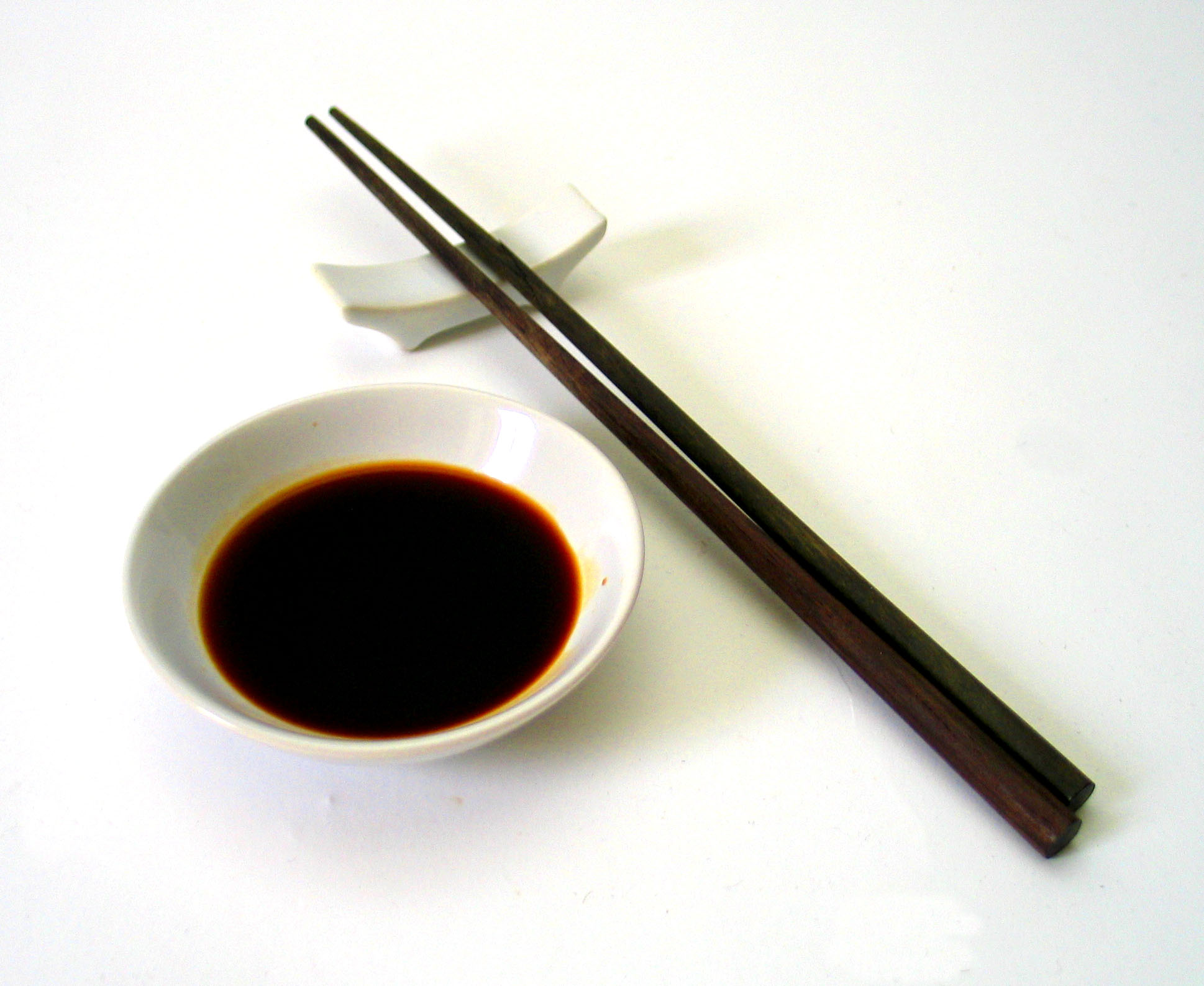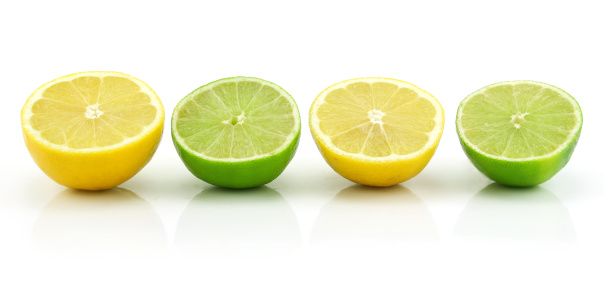Mustard is a well known and versatile plant used in many cuisines. It has a hot, pungent taste and can also have flavour elements of salt and sour when prepared. There are many types of prepared mustard made with powder and seeds that can be directly used in recipes as well.
Mustard as a Seasoning
Dry Mustard - ground seed
You'll find this powder used in spice rubs, sauces and dips. You can also use it to make your own yellow mustard.
Mustard Seed - white/yellow, brown, black
The seed of the mustard plant is often used in pickling and sauces, as well as in a similar manner to dry mustard.
Types of Prepared Mustard commonly found in Canada
When choosing a mustard, always check the nutritional information on the label for added sugars.
Yellow Mustard
The most commonly used mustard in North America, yellow mustard is a relatively mild mustard with little caloric or nutritional content.Prepared with vinegar and turmeric.
Dijon Mustard
Dijon mustard has more bite than yellow and a few more calories, though still fairly negligible. It is prepared with verjuice or white wine instead of vinegar.
Brown or Deli Mustard
A bit spicier that yellow mustard, the seeds are more coarsely ground in making this variety.
Hot Mustard
This is usually a spicier and more pungent version of mustard using brown or black seeds.
Honey Mustard
Most mustard varieties also come as a honey mustard (honey mustard, honey djion, etc). These are essentially the base mustard with added honey or some form of sugar, and so not good options if you want to minimize your calories/carbs. Not allowed on Phase 1.
Recipes
See these recipes for examples of how mustard can be used:


































